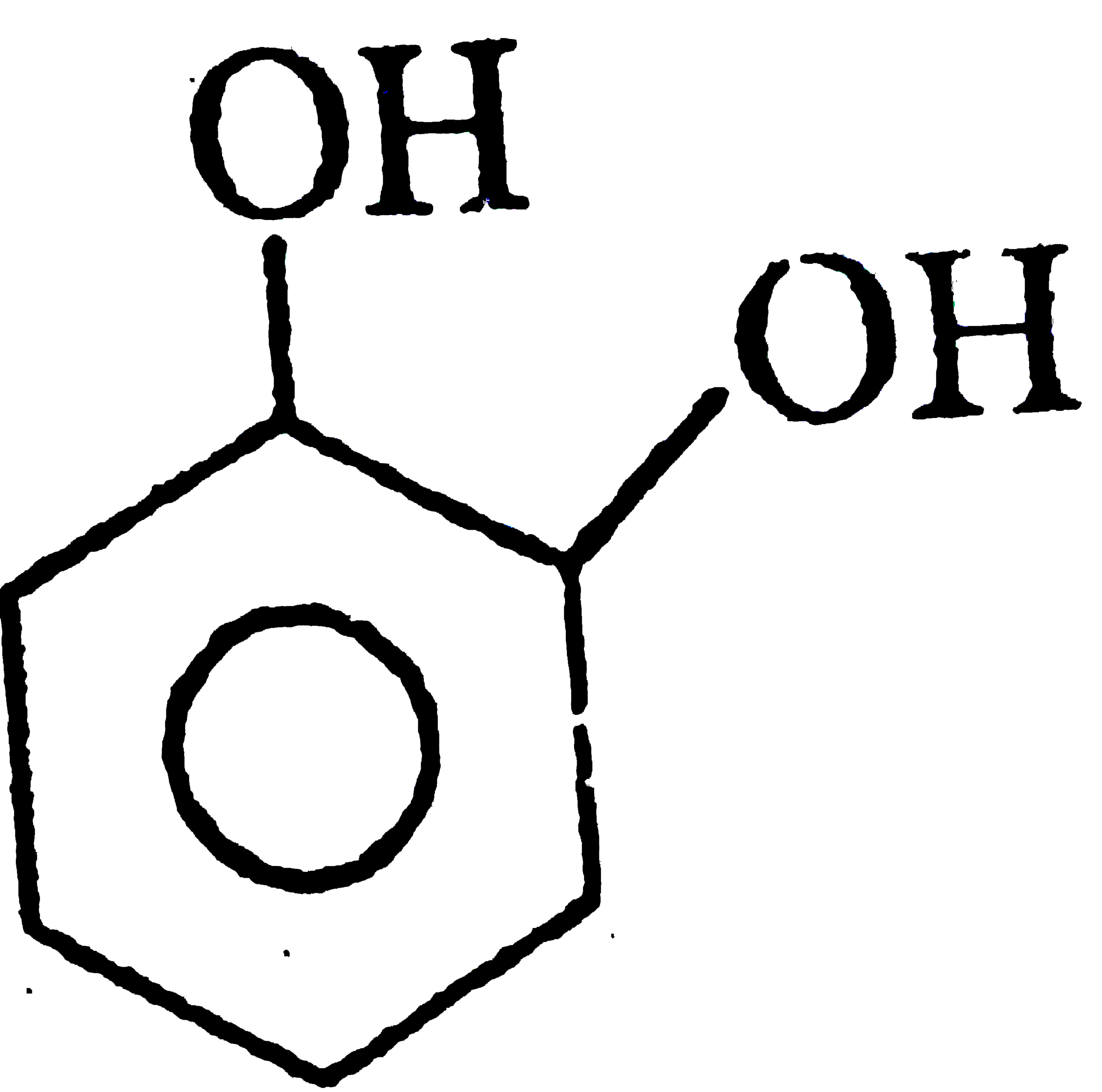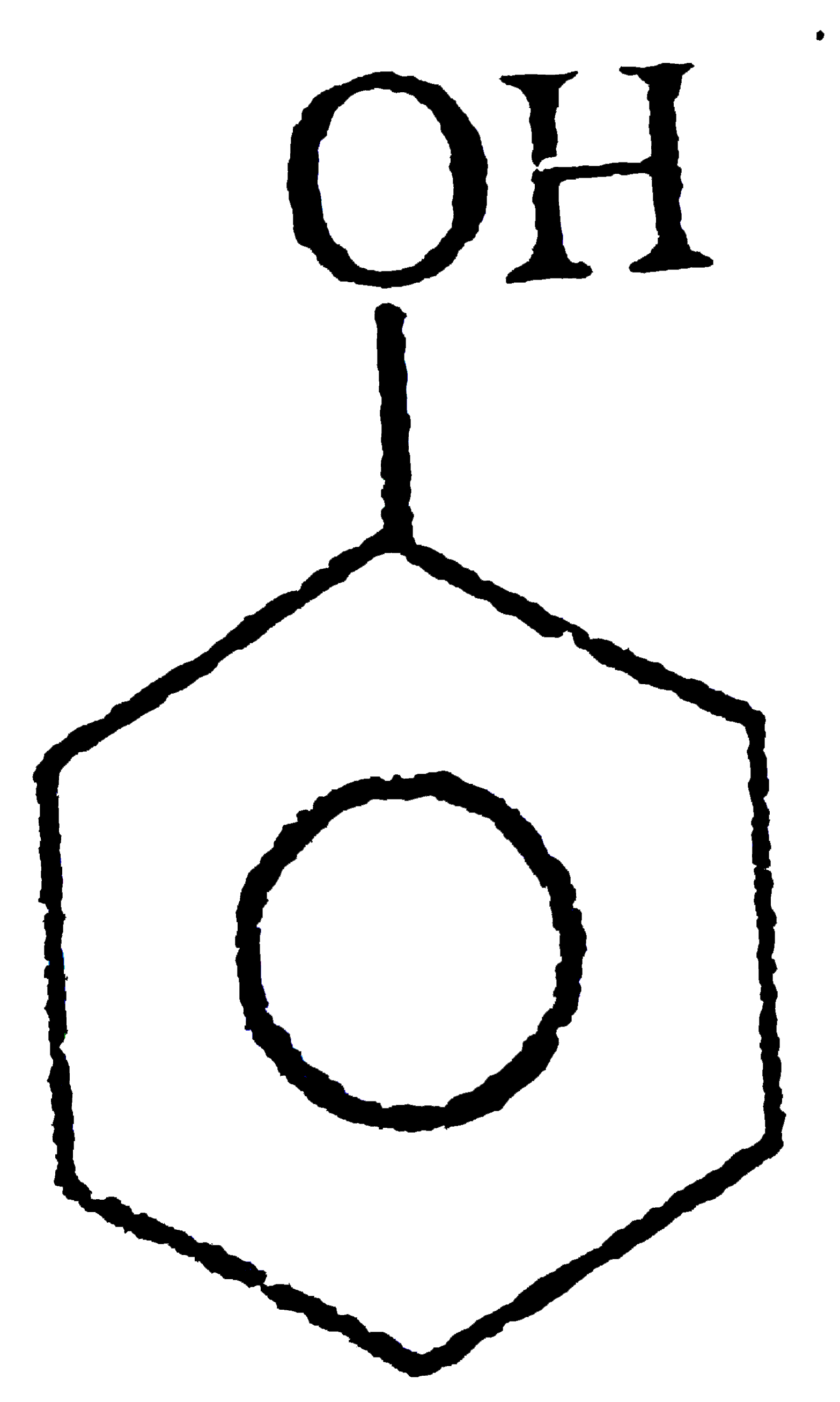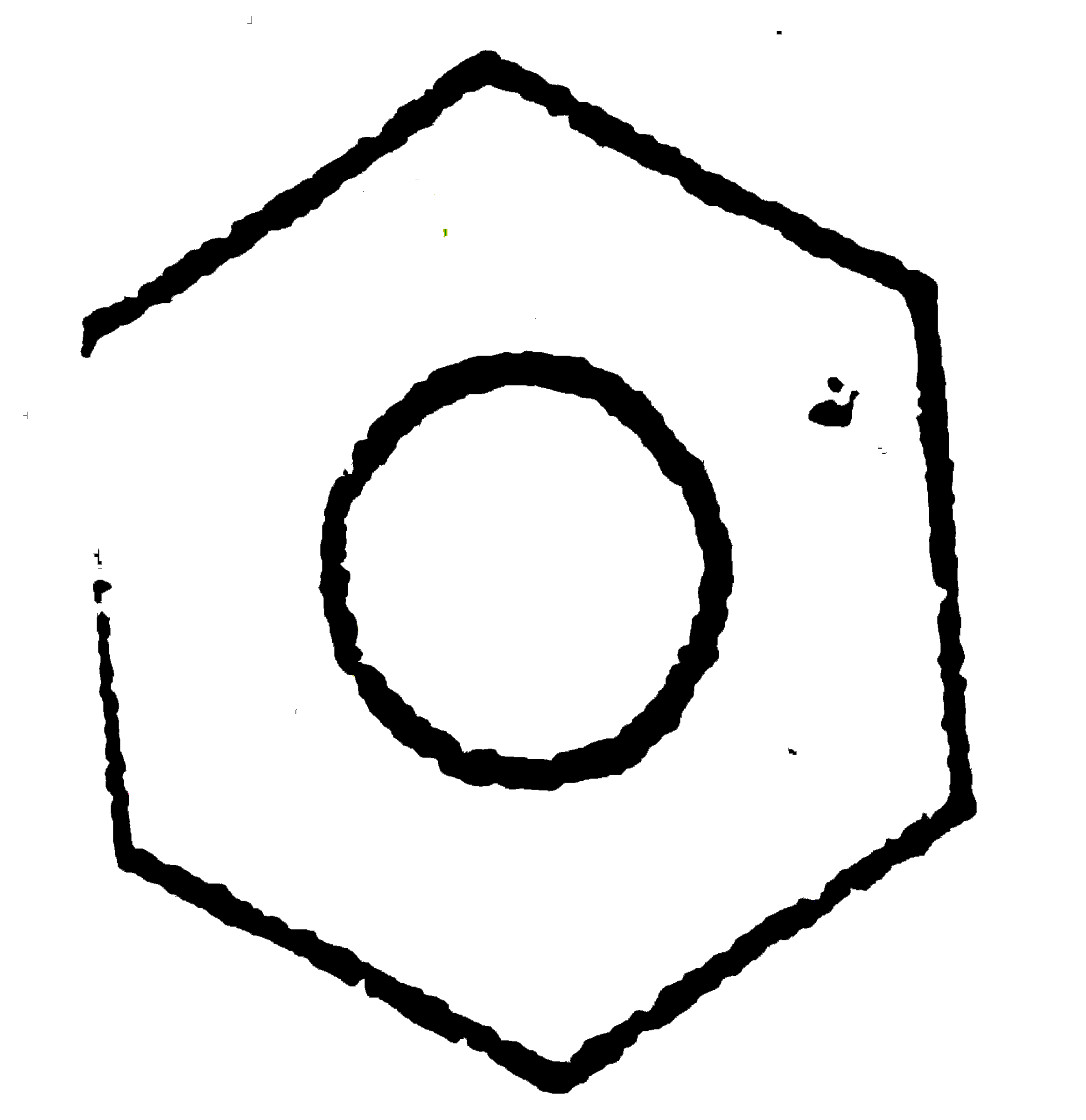Select the compound having maximum conductivity in aqueous medium.
[Cr(NH3)6]Cl3
[Cr(NH3)5Cl]Cl2
[Cr(NH3)4Cl2]Cl
[Cr(NH3)3Cl3]
The correct Answer is:A
To determine which compound has maximum conductivity in an aqueous medium, we need to analyze the number of ions produced when each compound dissociates in water. Conductivity in an aqueous solution is directly proportional to the number of ions present.
1. Understand the Concept of Conductivity:
- Conductivity in an aqueous medium depends on the number of ions present in the solution. More ions lead to higher conductivity.
2. Analyze Each Compound:
- Compound 1: Let's denote it as (Cr(NH3)3Cl3).
- When this compound dissociates, it forms 1 complex ion and 3 chloride ions:
(Cr(NH3)3Cl3)→(Cr(NH3)3)++3Cl−
- Total ions = 1 (complex ion) + 3 (chloride ions) = 4 ions.
- Compound 2: Denote it as (Cr(NH3)5Cl)Cl2.
- This will dissociate to form 1 complex ion and 2 chloride ions:
(Cr(NH3)5Cl)Cl2→(Cr(NH3)5)++2Cl−
- Total ions = 1 (complex ion) + 2 (chloride ions) = 3 ions.
- Compound 3: Denote it as (Cr(NH3)4Cl2)Cl.
- This will dissociate to form 1 complex ion and 1 chloride ion:
(Cr(NH3)4Cl2)Cl→(Cr(NH3)4)++2Cl−
- Total ions = 1 (complex ion) + 2 (chloride ions) = 3 ions.
- Compound 4: Denote it as (Cr(NH3)6)3+.
- This is a neutral complex and does not dissociate:
(Cr(NH3)6)3+→(Cr(NH3)6)3+
- Total ions = 1 (the complex ion itself) = 1 ion.
3. Compare the Total Number of Ions:
- Compound 1: 4 ions
- Compound 2: 3 ions
- Compound 3: 3 ions
- Compound 4: 1 ion
4. Conclusion:
- The compound with the maximum number of ions is Compound 1, which has 4 ions. Therefore, it will have the highest conductivity in an aqueous medium.
Final Answer:
The compound having maximum conductivity in aqueous medium is Compound 1.
- Conductivity in an aqueous medium depends on the number of ions present in the solution. More ions lead to higher conductivity.
- Compound 1: Let's denote it as (Cr(NH3)3Cl3).
- When this compound dissociates, it forms 1 complex ion and 3 chloride ions:
(Cr(NH3)3Cl3)→(Cr(NH3)3)++3Cl−
- Total ions = 1 (complex ion) + 3 (chloride ions) = 4 ions.
- This will dissociate to form 1 complex ion and 2 chloride ions:
(Cr(NH3)5Cl)Cl2→(Cr(NH3)5)++2Cl−
- Total ions = 1 (complex ion) + 2 (chloride ions) = 3 ions.
- This will dissociate to form 1 complex ion and 1 chloride ion:
(Cr(NH3)4Cl2)Cl→(Cr(NH3)4)++2Cl−
- Total ions = 1 (complex ion) + 2 (chloride ions) = 3 ions.
- This is a neutral complex and does not dissociate:
(Cr(NH3)6)3+→(Cr(NH3)6)3+
- Total ions = 1 (the complex ion itself) = 1 ion.
- Compound 1: 4 ions
- Compound 2: 3 ions
- Compound 3: 3 ions
- Compound 4: 1 ion
- The compound with the maximum number of ions is Compound 1, which has 4 ions. Therefore, it will have the highest conductivity in an aqueous medium.
The compound having maximum conductivity in aqueous medium is Compound 1.
Topper's Solved these Questions
Similar Questions
Knowledge Check
Select compound having maximum solubility in water.
AP=2P0BP=4P0/3Cn=2P0V0..3RT0Dn=3P0V0/2RT0Select compound having maximum solubility in water.
A B
B C
C D
D
Select the compound having maximum chlorine atoms.
AChloralBiodoformCDDTDCarbon tetrachloride
The compound having maximum dipole moment is
View SolutionThe compound exhibiting maximum conductance in a fused state is
View SolutionA strong acid in aqueous medium exist in
View SolutionSelect the compound having all equivalent bond lengths :
View SolutionWhich of the following metal salts has highest conductivity in aqueous medium?
View Solution
